As-Salamu Alaykum (Peace Be Upon You)
I am participating this contest, Contest! Map the Story on Steem Atlas #8. Thank you @miftahulrizky for organizing this beautiful contest.
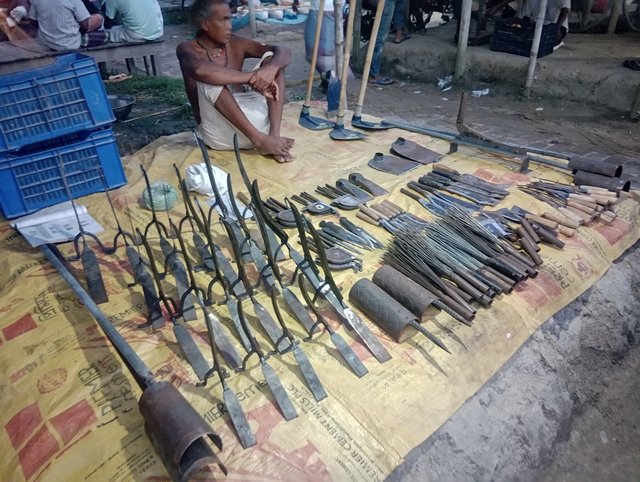 |
|---|
| This traditional blacksmith's stall at the village market showcases a variety of handmade farming and cutting tools, a glimpse into rural craftsmanship still alive today |
Today I want to tell you about the biggest traditional market near our town, known as "Habra Hat."
It’s located about 6.8 kilometers from our town, and I’ve visited this place many times over the years. Habra Hat carries a rich history and deep-rooted traditions, which is why it always feels special to me. There’s something unique about its atmosphere that keeps pulling me back.
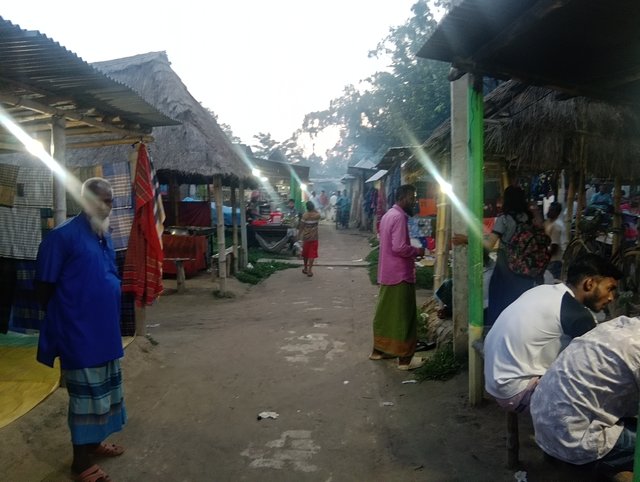 |
|---|
| A view of the market. There are so many traditional stalls there |
Location code
| Map | Location Code Of Habra Hat |
|---|
| Steem-atlas | [//]:# (!steematlas 25.599292 lat 88.920889 long Habra Hat d3scr) |
| Google Map | HWXC+P96, Parbatipur, link |
| Opening Days | Sunday & Thursday |
|---|
From the old and abandoned landlord’s house, it became clear to me that this place was once ruled by powerful landlords. The faded walls and aged architecture still seem to whisper stories from a time when power and influence lived here. I felt a bit sorry that I couldn’t take a photo of the landlord’s house, as I was in a hurry while exploring the traditional market.
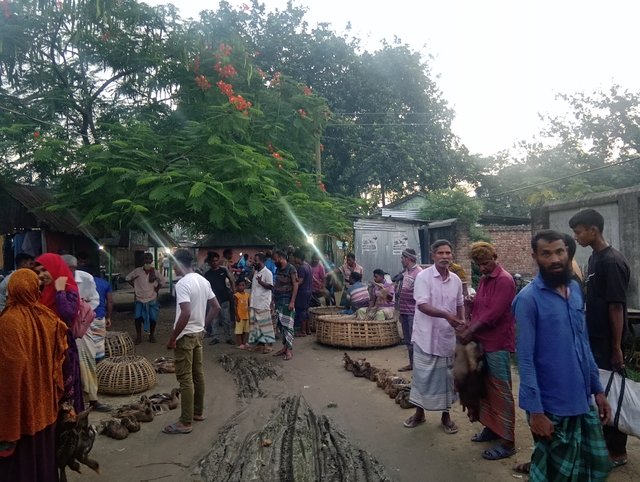 |
|---|
| This place is famous for getting ducks |
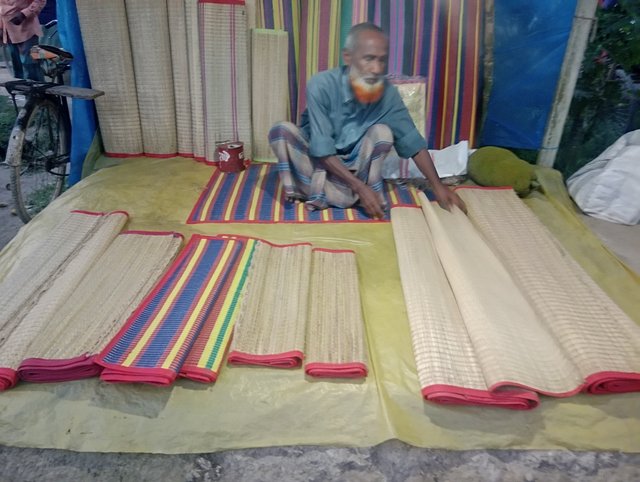 |
|---|
| An old man was selling traditional handwoven mats, also known as "Shital Pati" |
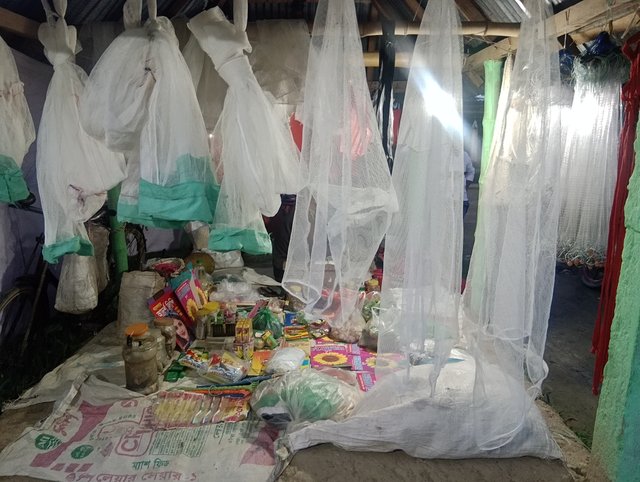 |
|---|
| Traditional fishing net stall |
Habra Hat" showcases a wide variety of traditional village items from fresh vegetables, fruits, and local food items to different kinds of fish, meat, plants, domestic animals, and birds. A few days ago, I shared a post about "Bura Hat," where most of the shops were temporary. The stalls in "Habra Hat" are also mostly temporary, but I noticed that many of them have shades overhead. This makes it much easier for the sellers to continue their trade, whether under the scorching sun or during sudden rain.
 |
|---|
| Clothing stall |
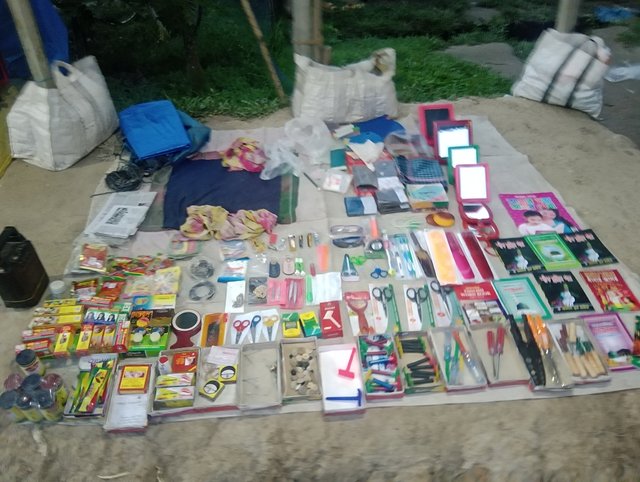 |
|---|
| Various tools needed for daily life sold on the streets of the market |
There are some small clothing stalls in this hat, which I haven’t seen in Bura Hat. These stalls sell clothes at quite a low cost, making them popular among the locals. I also came across a fishing net stall, fishing nets are another traditional item often found in village markets. Since I’ve never purchased a fishing net myself, I can't really say much about the variety they offer here.
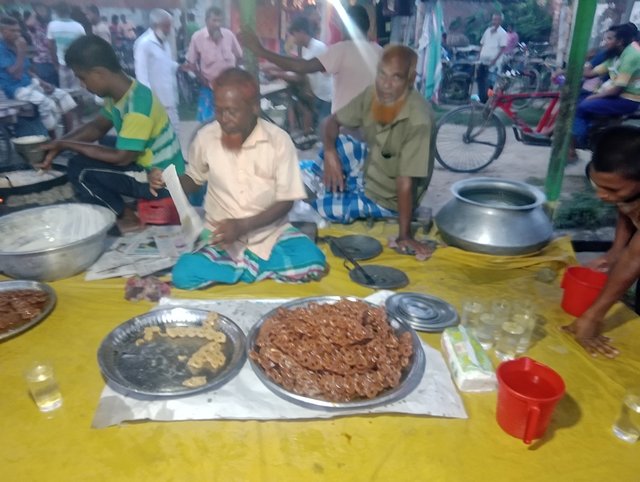 |
|---|
| A man was selling traditional Jilapi |
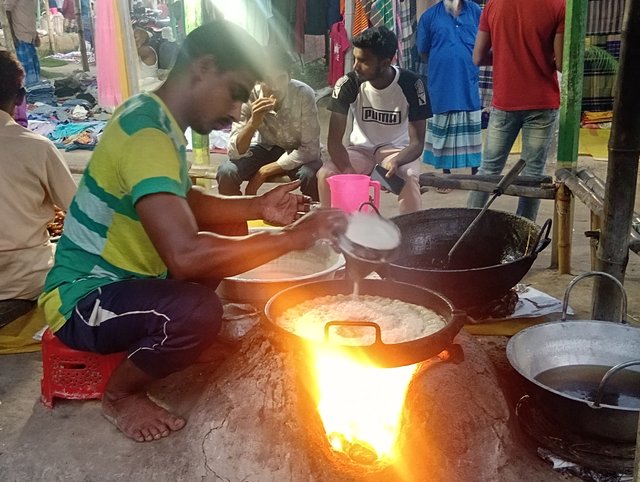 |
|---|
| Making of jalebi |
After exploring a few random stalls, I arrived near the Jilapi stall, a familiar spot I’ve seen for many years. They’re known for making quality Jilapis, and I’ve tried and bought from them several times. Watching the process of making Jilapi always fascinates me, the way the batter spirals into the hot oil and turns into golden, crispy sweets is quite mesmerizing to me.
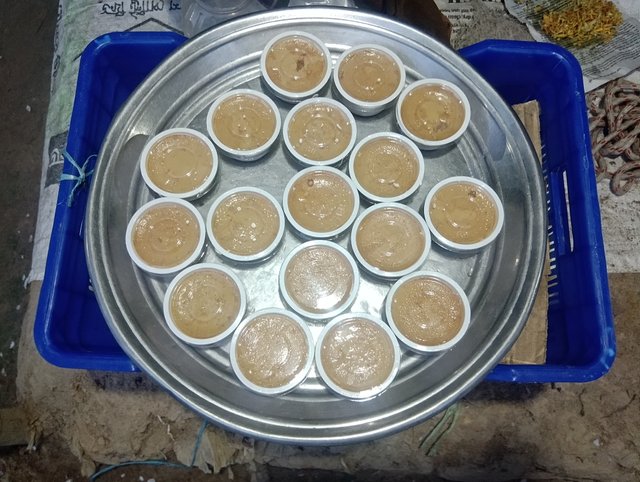 |
|---|
| A man was selling Yoghurt here |
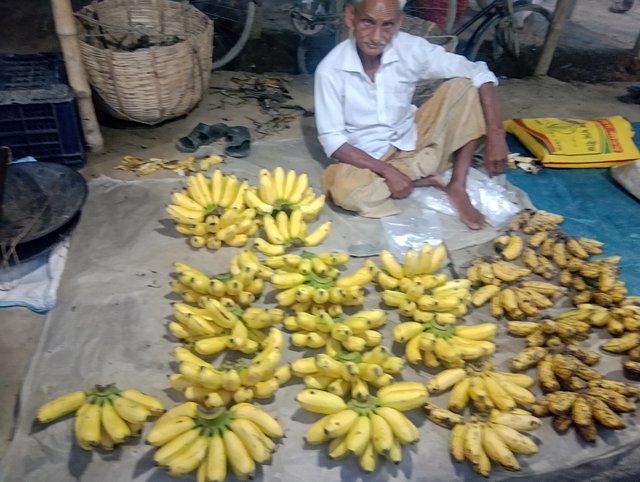 | 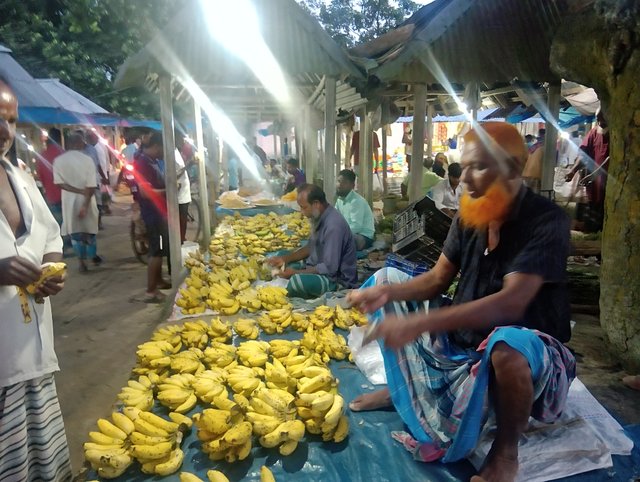 |
|---|
| Banana seller | There were several banana stalls |
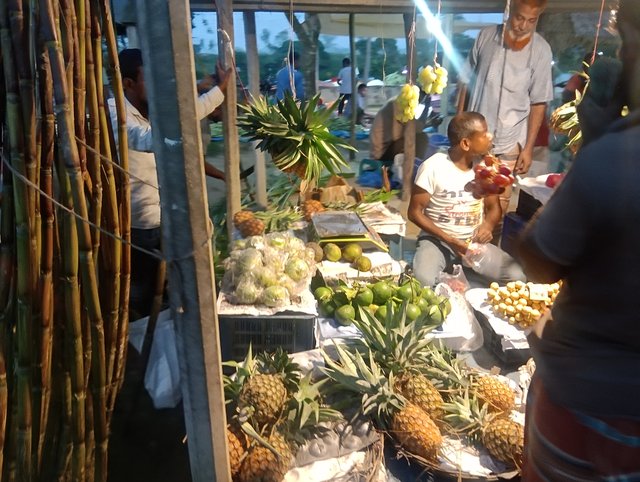 |
|---|
| A fruit stall |
I noticed a yoghurt seller for the first time during my visit. He was selling yoghurt next to a fruit stall, with just a very small setup, it was simple but enough to catch attention. As I moved further, I saw so many banana stalls across the market. It felt like this was a good harvesting season for bananas in the nearby villages, as the supply looked fresh and plenty.
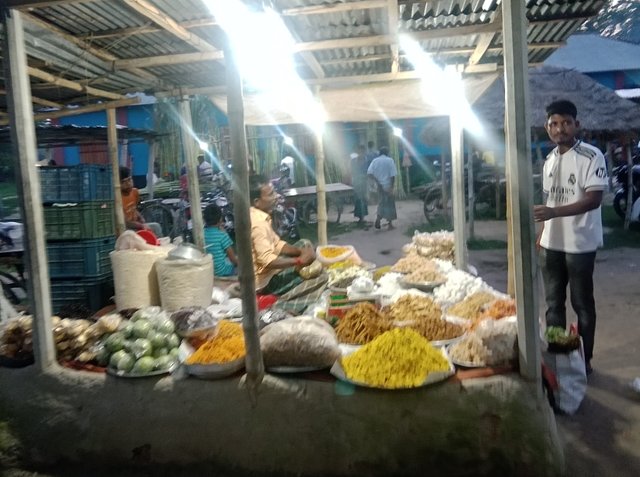 |
|---|
| Traditional food stall |
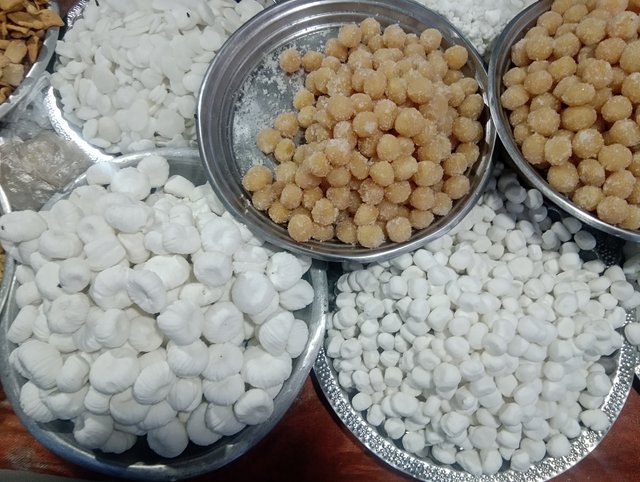 |
|---|
| Traditional sweets. White sweets are known as "Batasha" |
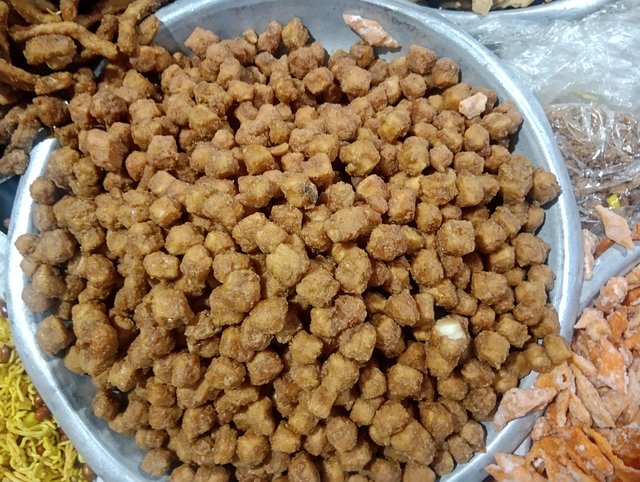 |
|---|
| This food is known as "Khurma" |
This time at Habra Hat, I noticed many traditional food items. To help you picture it better the food stalls were mostly located in the middle of the market. I saw a variety of snacks and sweets, including a new type of sweet that I hadn’t seen before. The name was a bit unusual, so I couldn’t remember it. But if you look at the second-last photo I shared, you’ll see how that sweet looked.
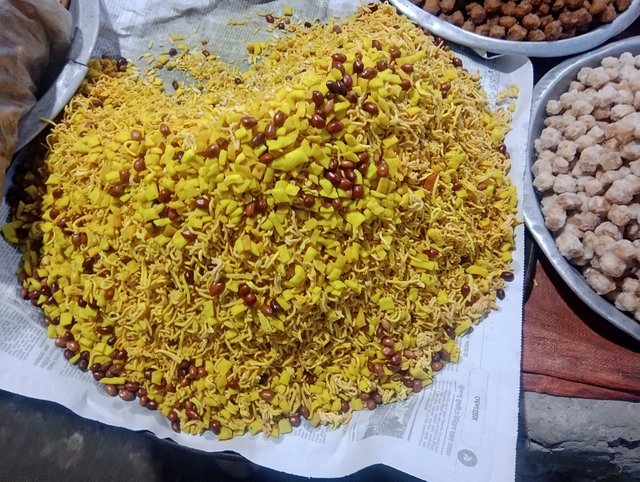 |
|---|
| This is called "chanachur" or "mixed snacks" |
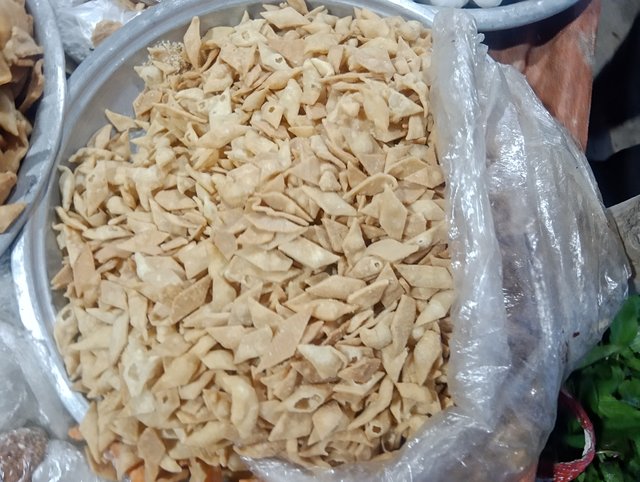 |
|---|
| These are called " Nimki" |
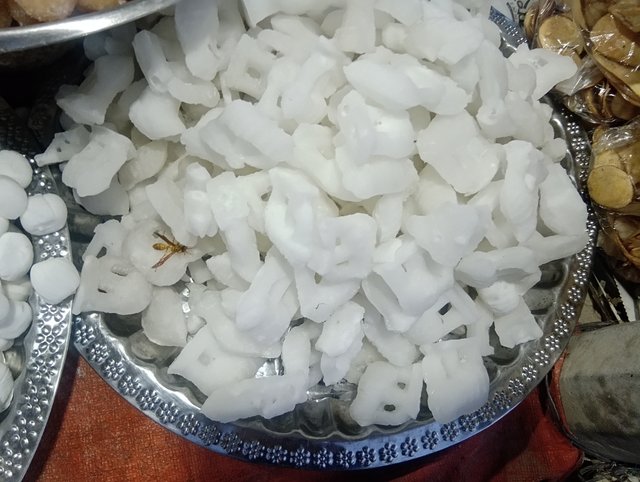 |
|---|
| These are called "Batasha" |
For me, Nimki, Batasha, Chanachur, and the traditional sweets add a mesmerizing touch to the atmosphere of this traditional market. They always make me feel like there’s a deep-rooted flavor of tradition that I can still experience here.
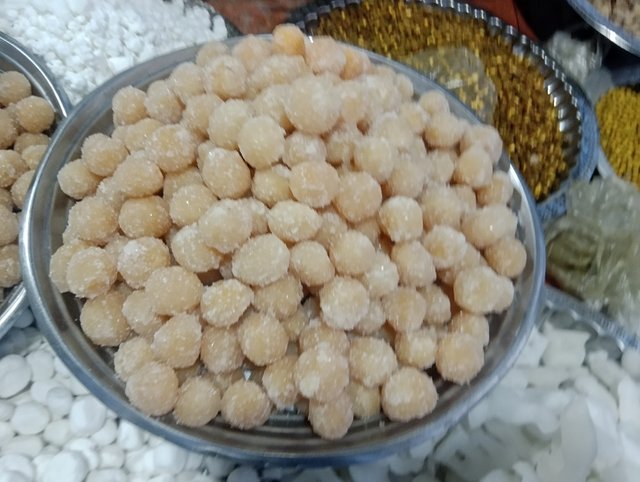 |
|---|
| Traditional desserts |
 |
|---|
| It was the first time I had seen this type of dessert |
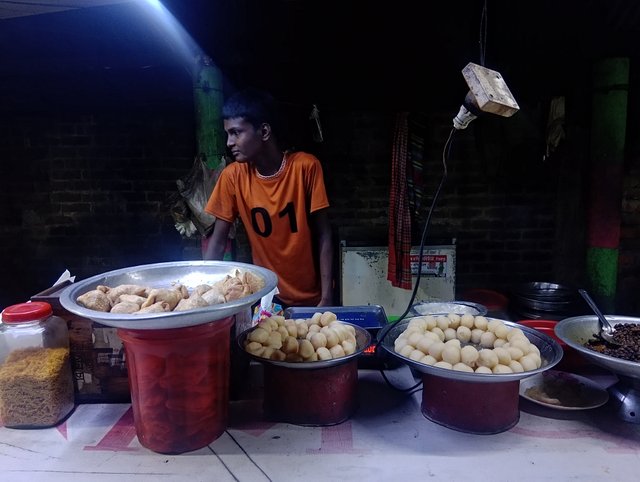 |
|---|
| This shop sells a variety of foods, including snacks and desserts. It's also known as a popular tea shop |
At last, let me tell you how I was first introduced to this traditional hat. There’s a famous tea stall here that everyone loves, and I first came to know about this market when I visited the stall to have tea during the COVID epidemic. Since it’s located a bit far from town, it used to remain open most of the time back then. I loved coming here with my friends to drink tea and spend time together. That tea stall is still there, near the Habra Hat mosque. To me, this market not only carries the essence of tradition but also holds many memories of mine, and maybe those of others who still visit, or who are no longer with us.
I am inviting @anailuj1992, @damithudaya & @ae-arfin to take part in the contest.
Support @pennsif and @pennsif.witness for the growth of this platform. Vote for @pennsif.witness using this link
Thank you for reading ❤️






















@tipu curate
;) Holisss...
--
This is a manual curation from the @tipU Curation Project.
Upvoted 👌 (Mana: 7/8) Get profit votes with @tipU :)